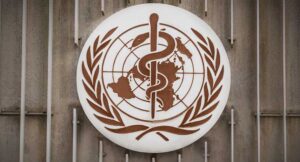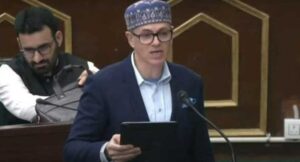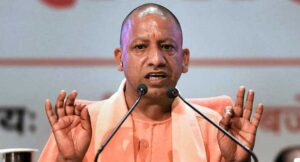Elon Musk reacted to an X user who said that Indian telecom companies Reliance Jio, Airtel and Vodafone Idea have sought ‘fair competition’ in the satellite telecommunications industry ahead of Starlink’s entry in India.
“Fair competition would be much appreciated,” Musk wrote in response to the X post. This comes as government is reportedly moving ahead with licensing and spectrum allocation for Starlink.
What did telecom firms say?
In a petition to the government, Indian telecom firms Reliance Jio, Airtel and Vodafone Idea accused Telecom Regulatory Authority of India (TRAI) of failing to address competitive imbalance between terrestrial spectrum allocation (which the three companies operate in) and satellite spectrum allocation (which Starlink will operate in).
“Comparable spectrum pricing to terrestrial services should be enforced for competing satellite services in urban, semi-urban and rural areas for retail and enterprise customers,” the companies wrote in the letter.
They demanded that competitors entering the telecom market must adhere to the existing pricing models, regulatory levies and fees.
According to the Telecommunications Act 2023, satellite spectrums is allocated at the government’s discretion for a fee while terrestrial spectrums are auctioned. TRAI is still working on finalising exact pricing and allocation details.
Reliance Jio and Airtel also agued that low-earth orbit mega-constellations’ broadband speeds and capacity are comparable to terrestrial networks.
The three companies said the entry of new companies will bring oversupply in the sector and distort competition of terrestrial broadband, “especially in urban, semi-urban area serving retail and enterprise customers”.
The companies also said that satellite spectrum should be allocated administrately at reduced prices for non-competitive uses like government functions, disaster recovery, cellular backhaul etc. However commcercial satellite operators should not be offered preferential pricing. Hindustan Times









